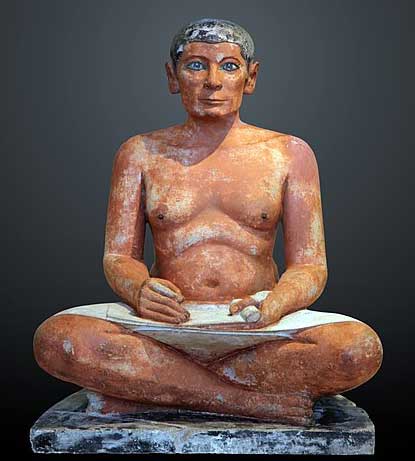Codex Seraphinianus is not written in a constructed language (which implies a language with a consciously devised grammar & vocabulary). It's written in an imaginary language, or perhaps more accurately in an asemic script with no language, natural or constructed, underlying it.
https://twitter.com/UrbanFoxxxx/status/1308034940777517056
In a talk at Oxford in 2009, Serafini said that there is no meaning behind the Codex's script; that his experience in writing it was similar to automatic writing; and that what he wanted his alphabet to convey was the sensation children feel with books they cannot yet understand.
The only exception (that we know of) to this is the page-numbering system used by Serafini in the Codex Seraphinianus. This was decoded by Allan C. Wechsler and the Bulgarian linguist Ivan Derzhanski, and is a variation of base 21.
Codex Seraphinianus remains, notwithstanding all this, an astonishing artistic and intellectual achievement, and Serafini stands alone - with the possible exception of the author & artist of the Voynich manuscript - in having created something like this of such ambition & scope. 







• • •
Missing some Tweet in this thread? You can try to
force a refresh


















